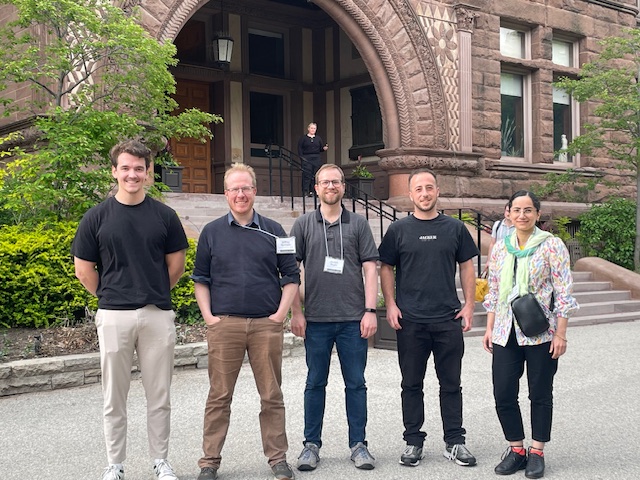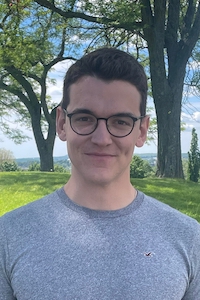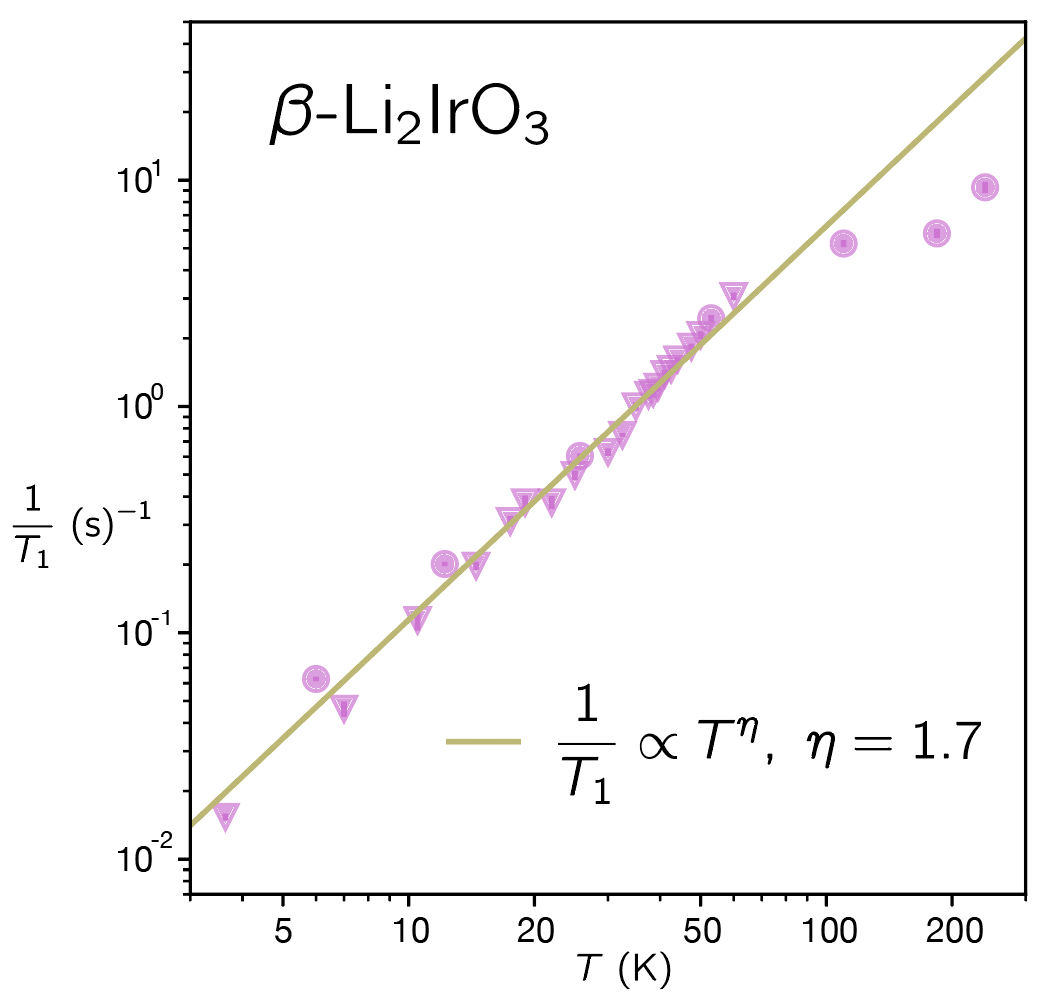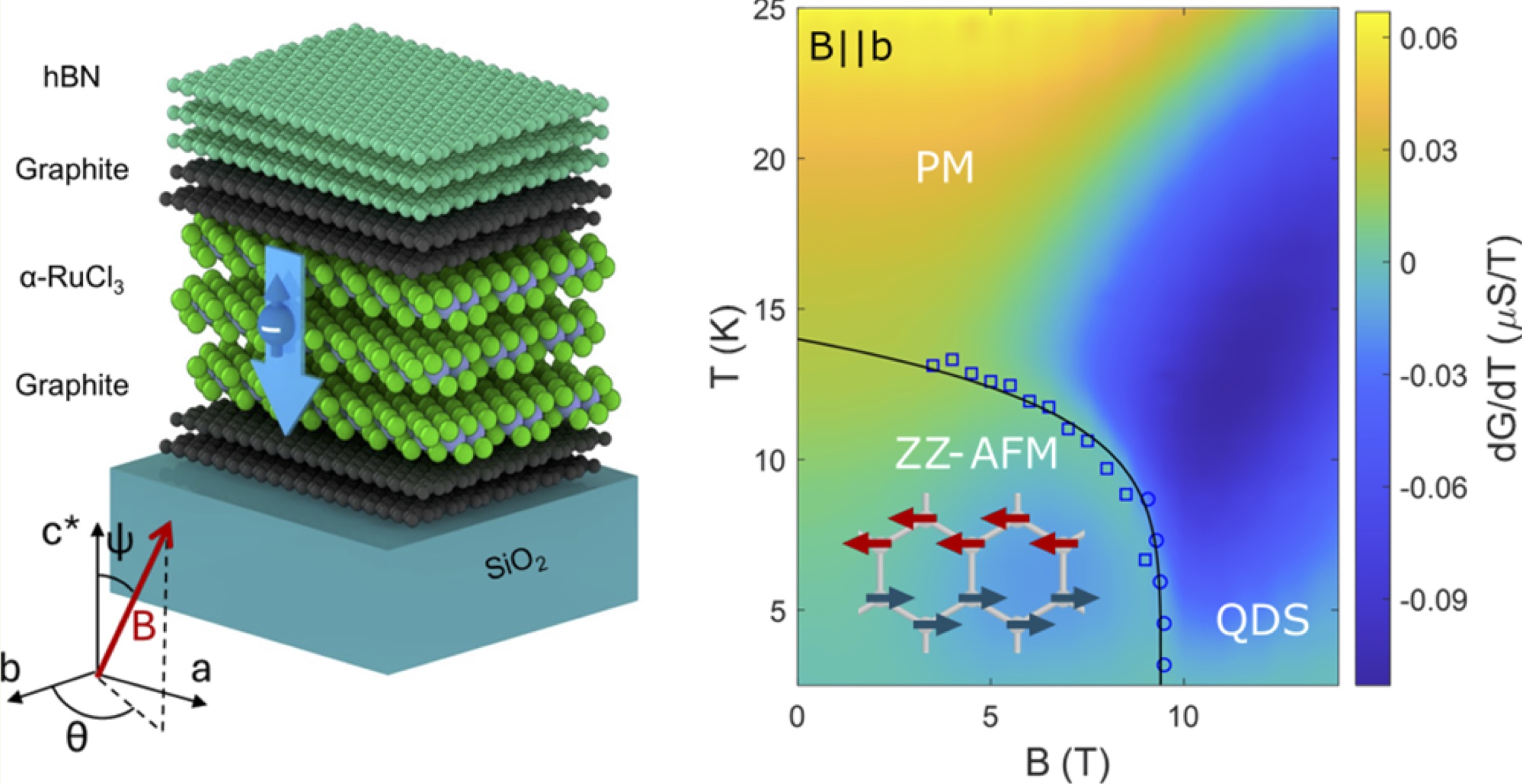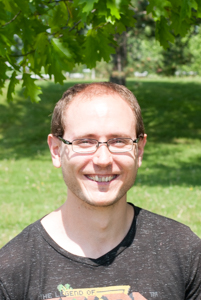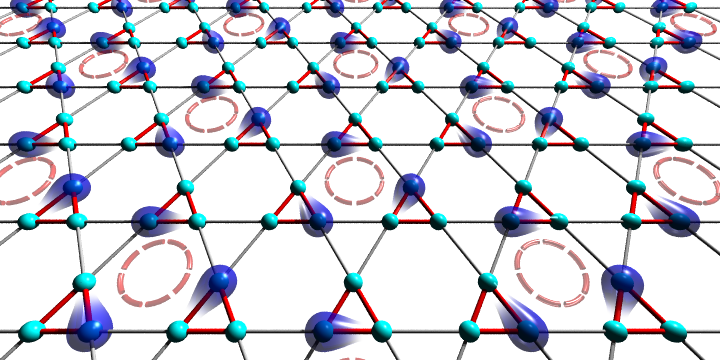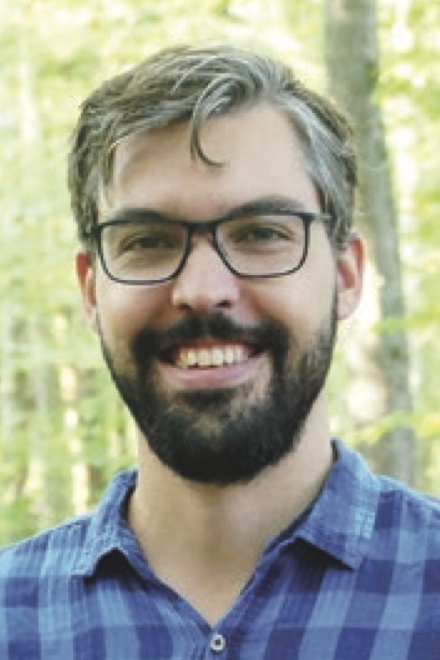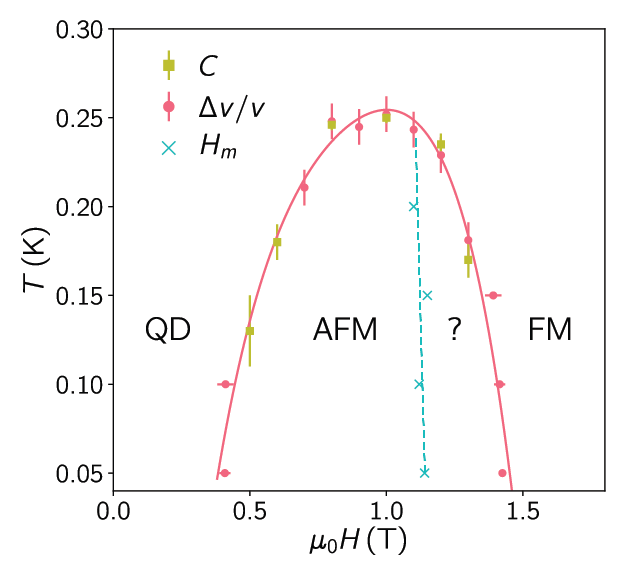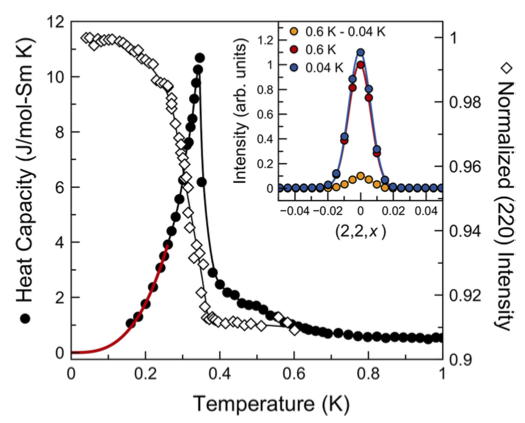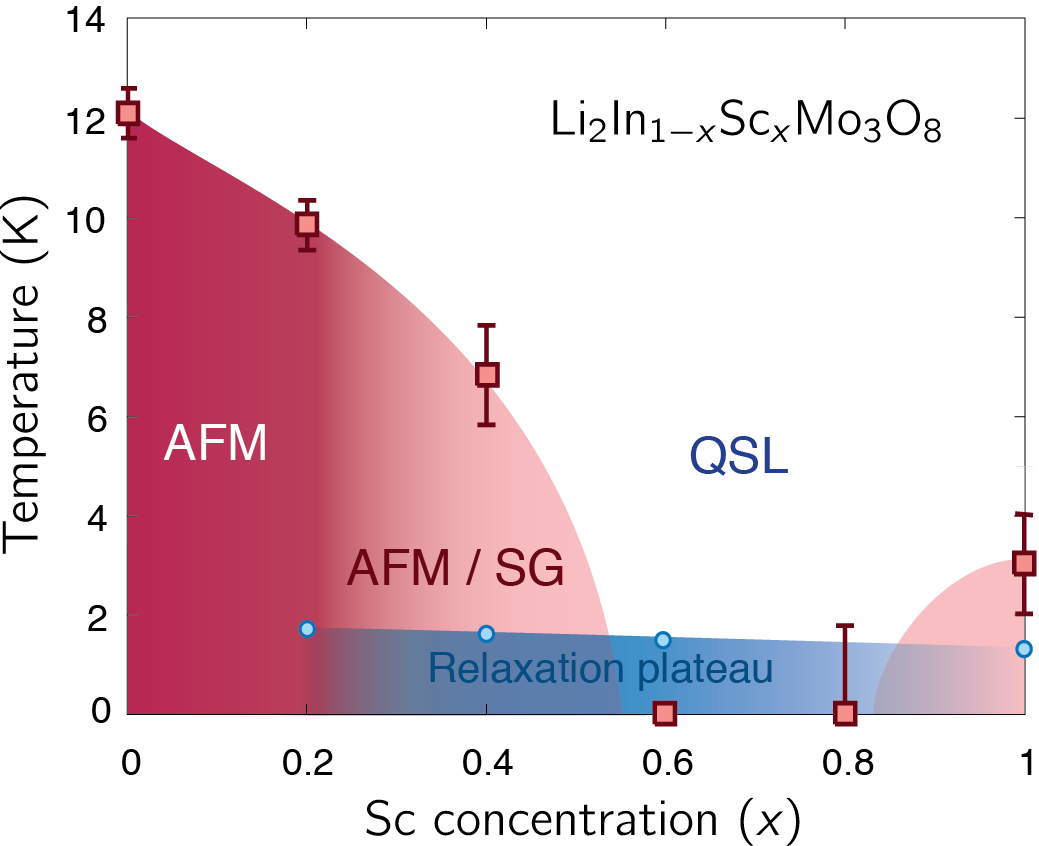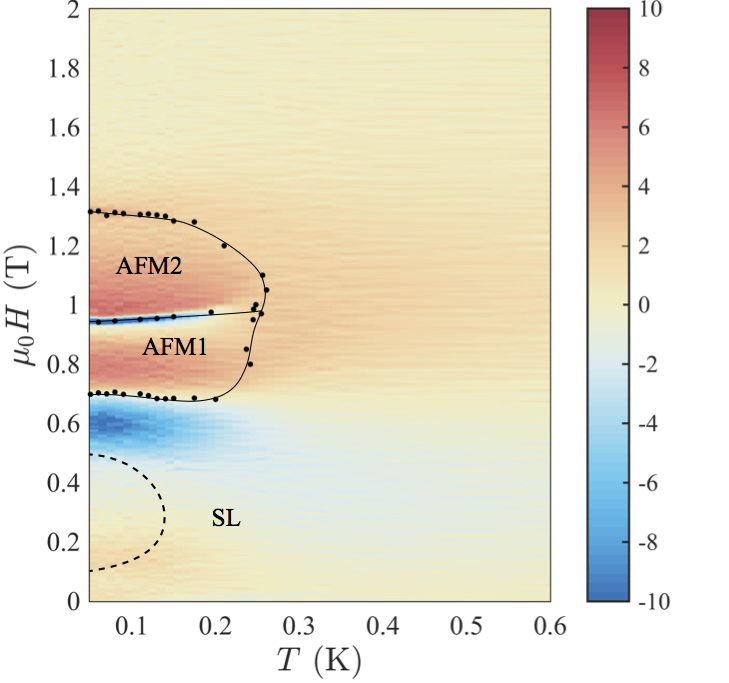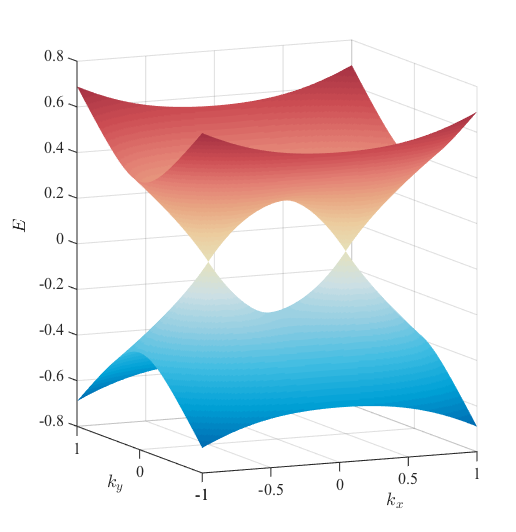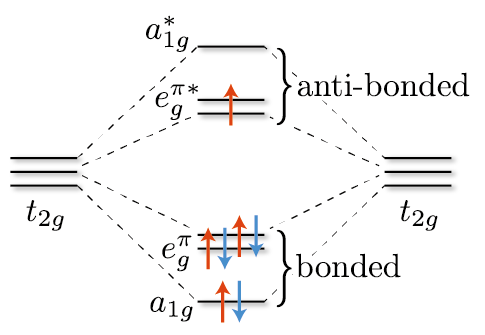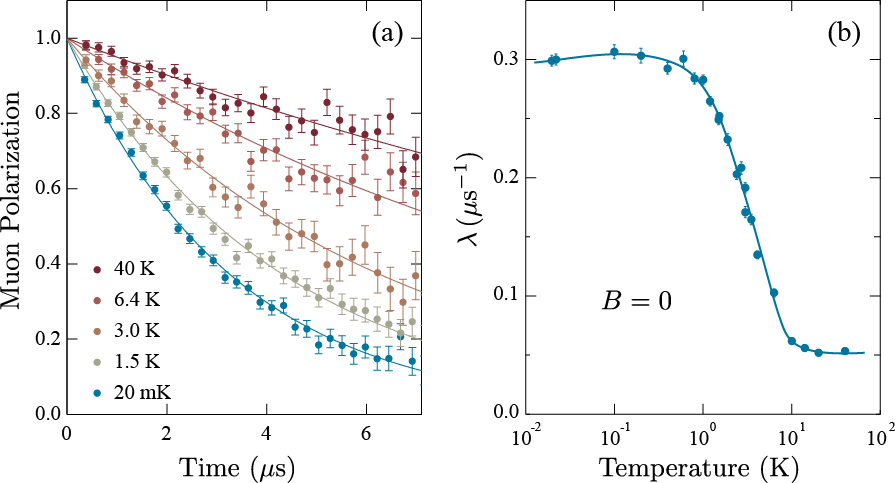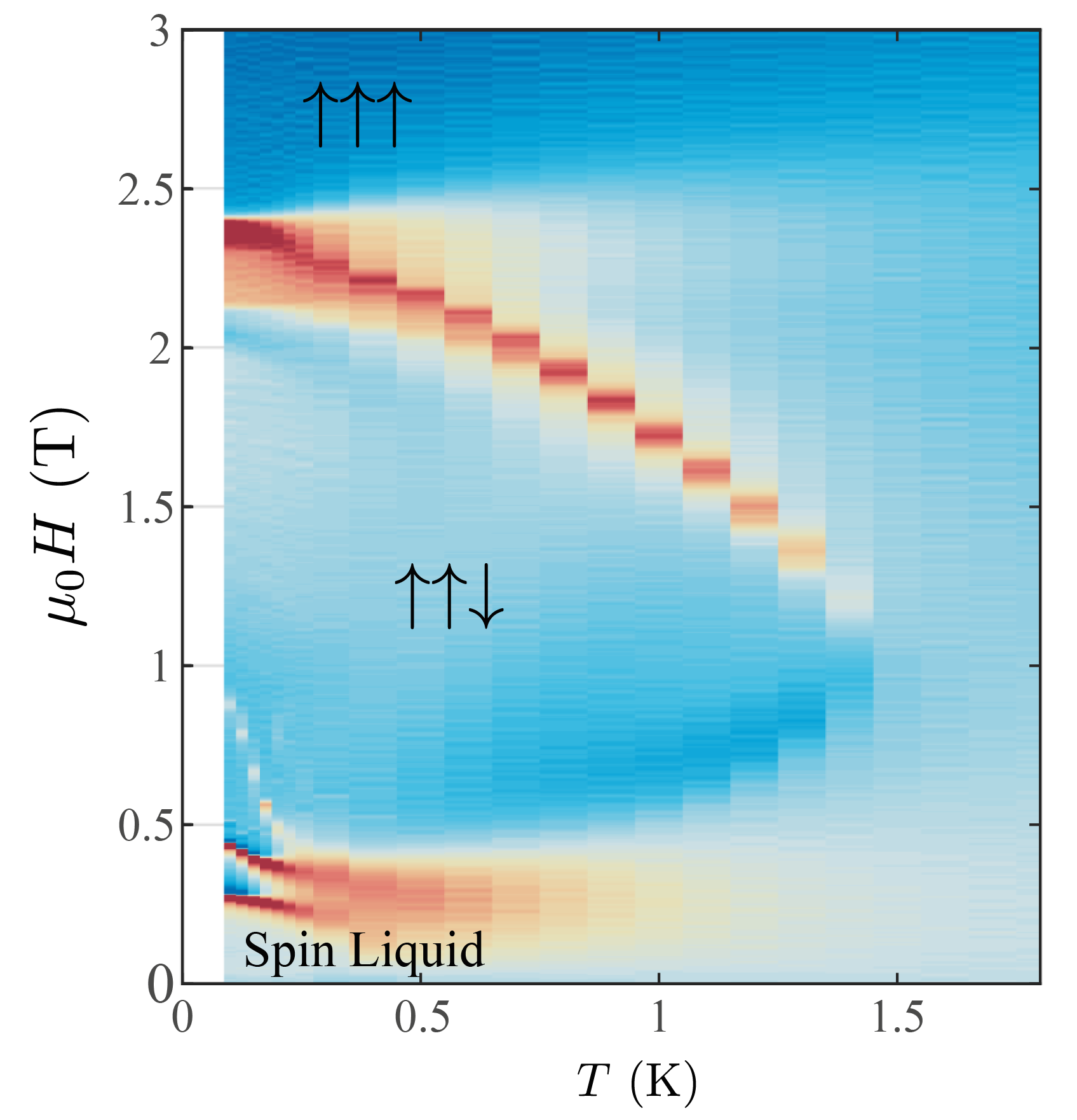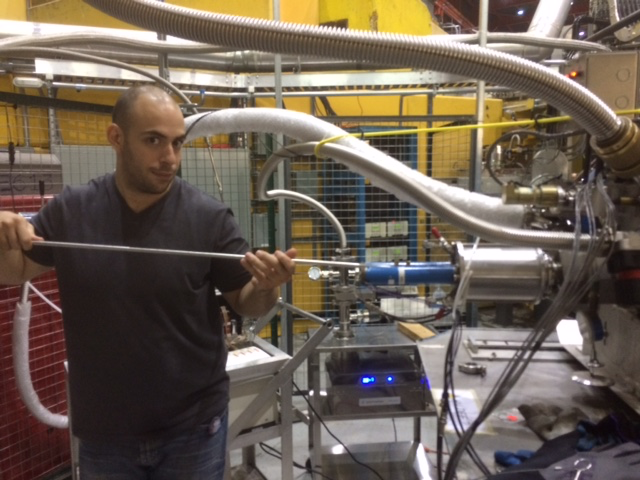New method for NMR of thin-films : Editor's selection in Phys. Rev. Applied
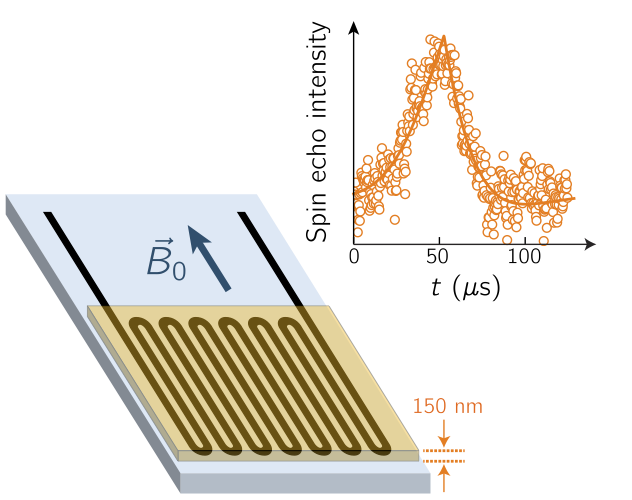
In an all-Sherbrooke collaboration, we developed a new technique for studying thin-flms and 2d materials using NMR. Because of the small magnetic moments of nuclear spins, it is often very difficult to perform measurements on very thin materials. There simply aren't enough spins! However, out technique uses a meanderline surface coil, which confines the magnetic field a short distance away from the coil and provides a good filling factor, even for very thin samples. Using superconducting NbN allowed us to maintain a high-filling factor even narrow wires and under high magnetic fields and enabled spin-echo measurements on a 150 nm thick boron film. This result has been published in Physical Review Applied as an Editor's Selection!
